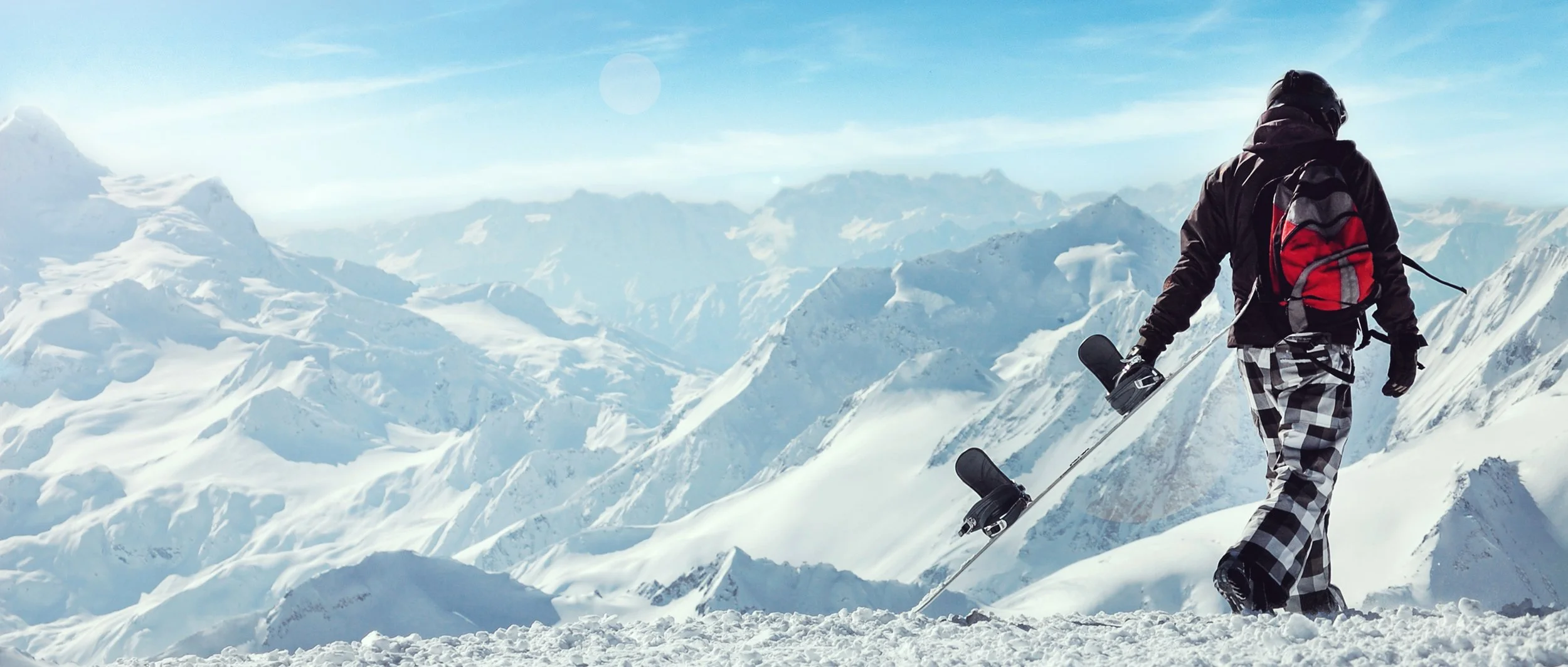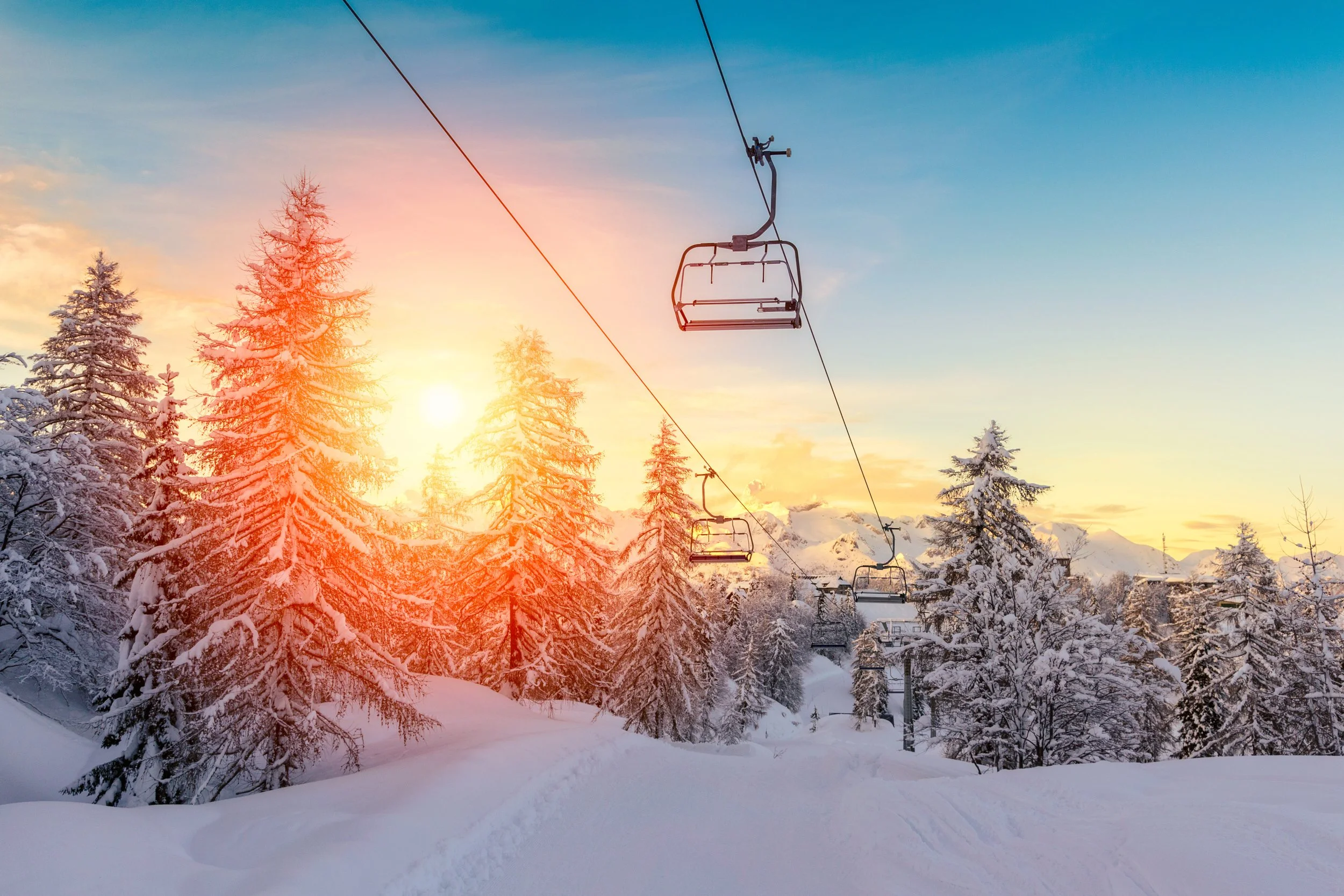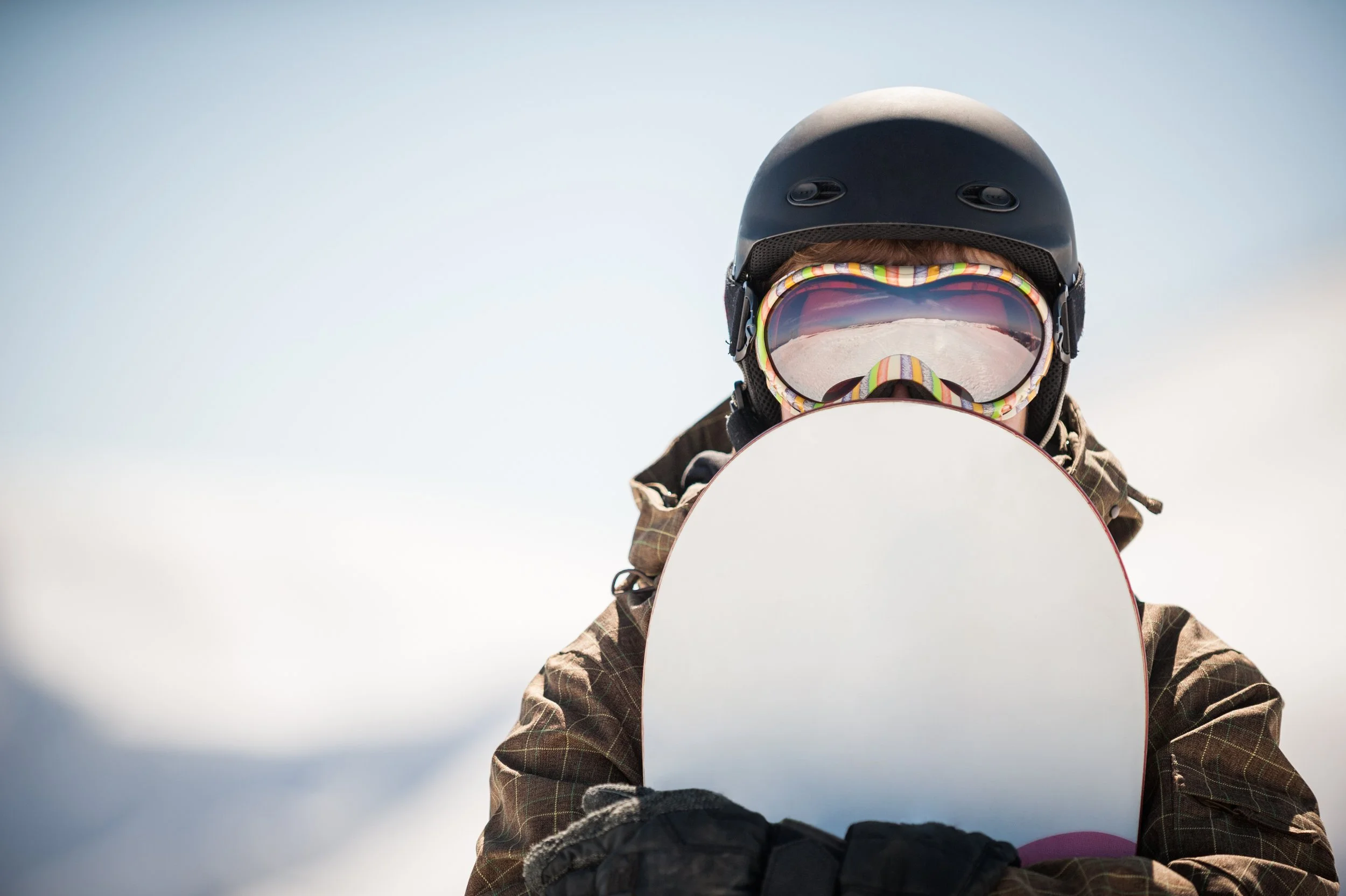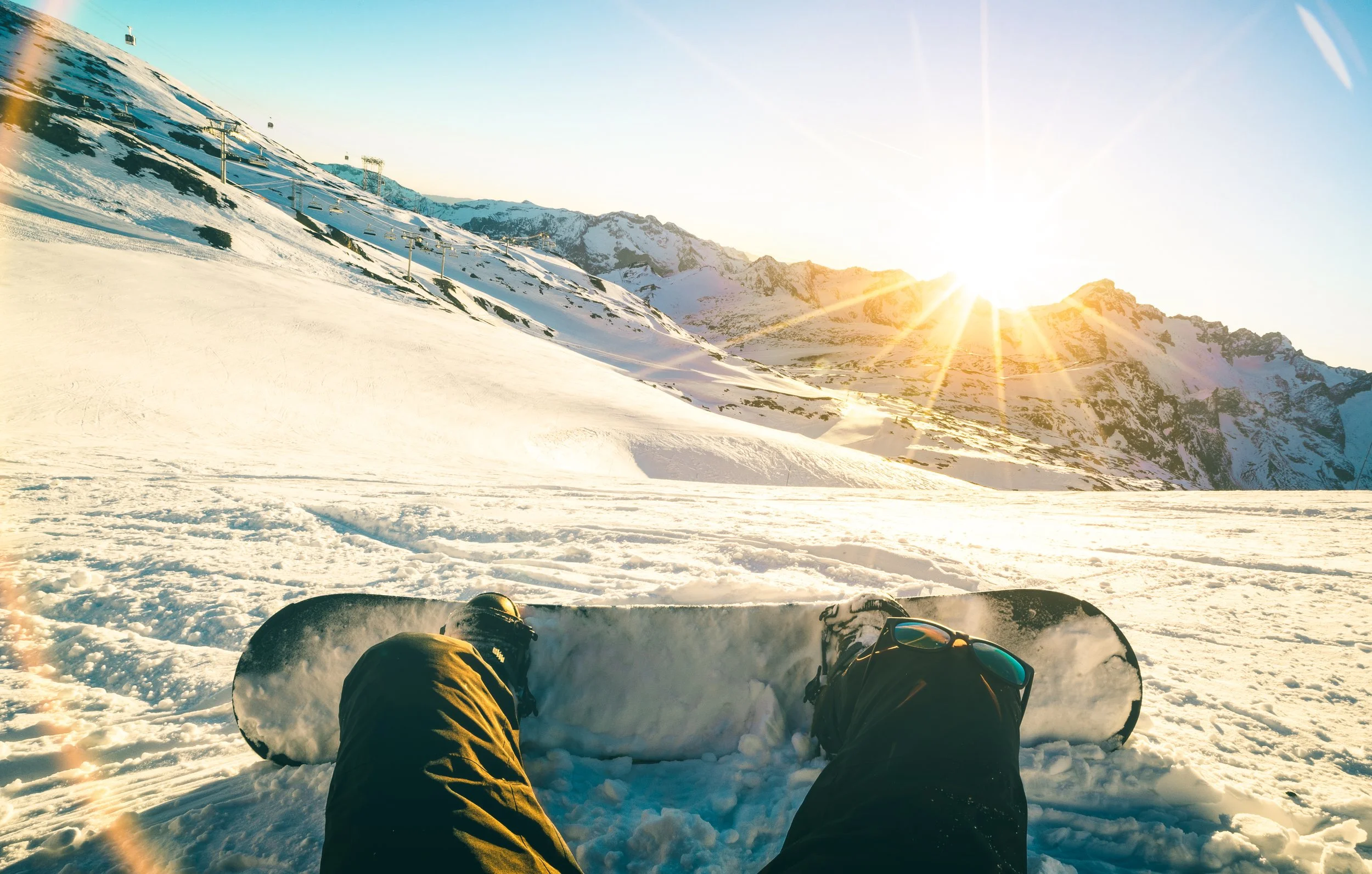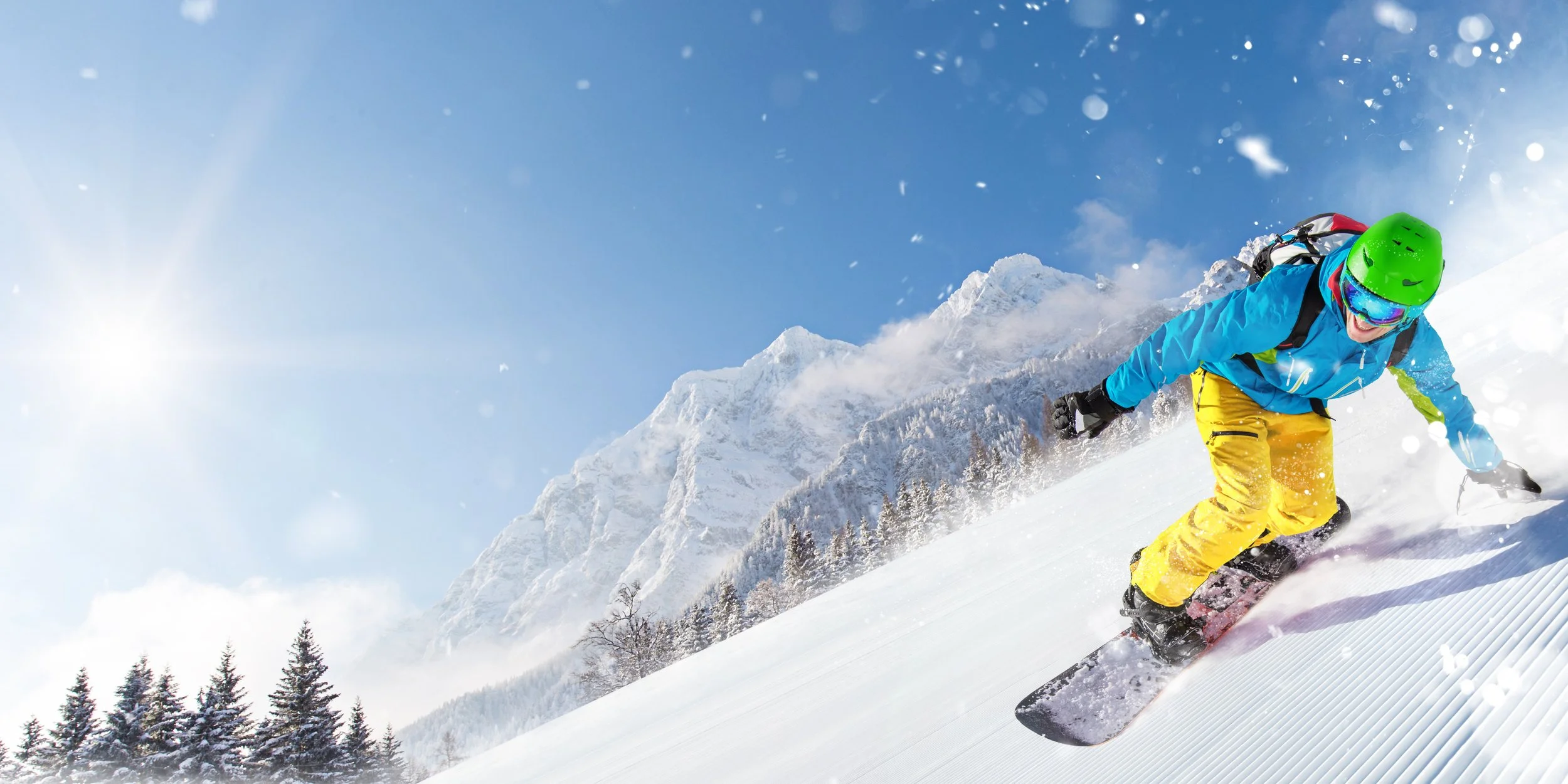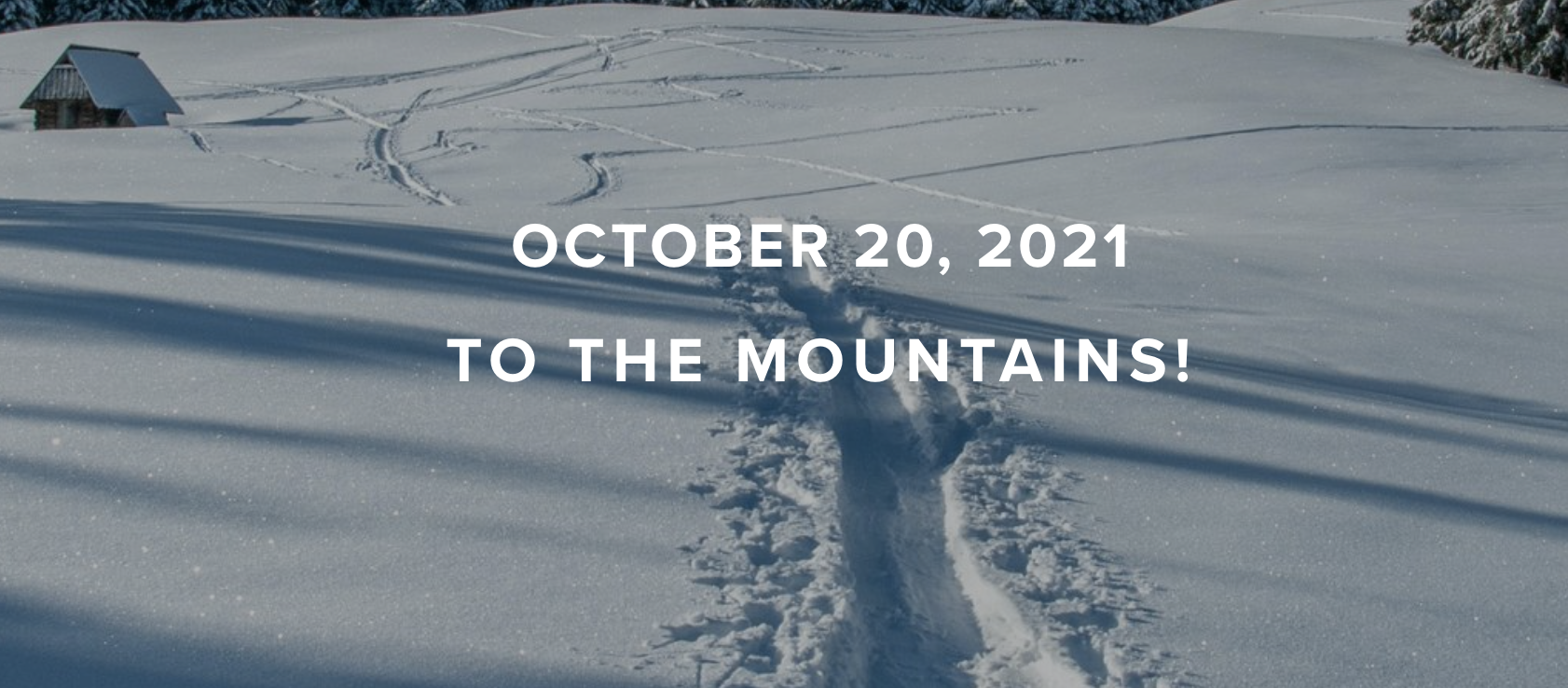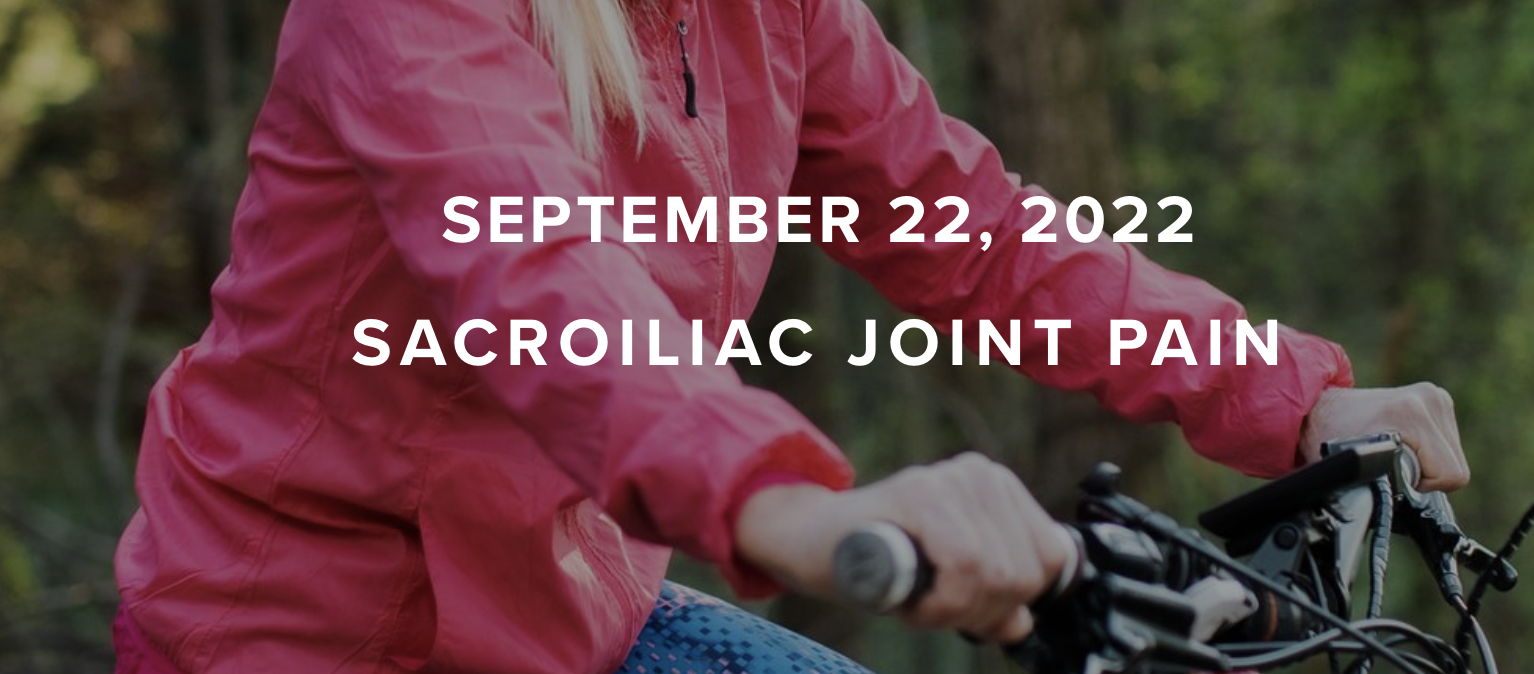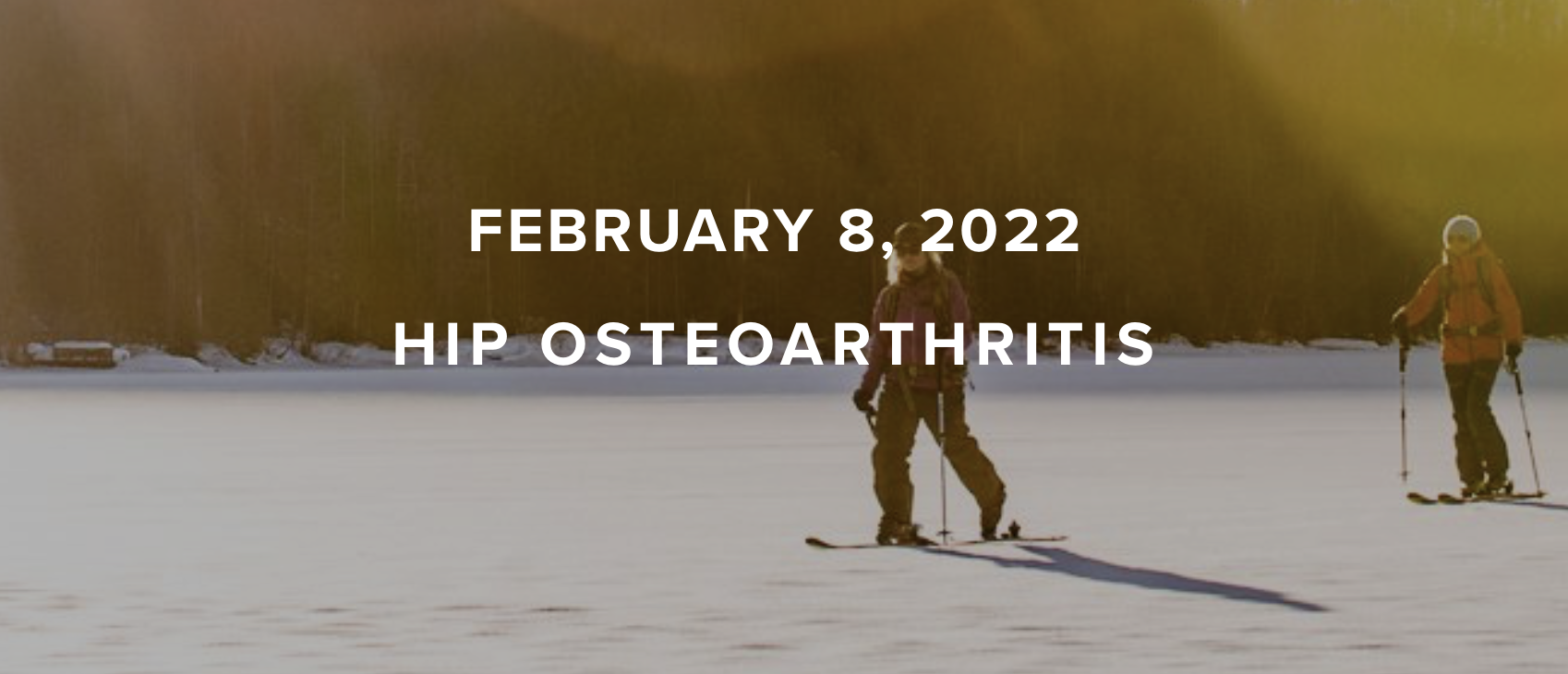Winter Is Coming
Winter is coming! With another La Nina year in the forecast, the PNW is in for another cold and wet season. For all of you powder dogs out there, this means one thing– SNOW. I’ve been waiting since August for snowboarding season to come along, and the time has finally come. It's time to shred the gnar! I picked up snowboarding a few seasons ago and it has become my latest obsession (possibly even more than spikeball). One of the reasons I’ve learned to love it so much is because it allows me to get outside during the winter. The Seattle area is notorious for its gray, gloomy, and dark winter days, and that plays a huge role with my mood at this time of year. My perspective has changed completely since learning how to get out on the slopes each season. Now I actually get excited for those drizzly days, because that means more freshies up at elevation and all the more epic of runs on the upcoming weekend.
““My perspective has changed completely since learning how to get out on the slopes each season. Now I actually get excited for those drizzly days, because that means more freshies up at elevation and all the more epic of runs on the upcoming weekend.””
Just starting out on your snowboarding journey? For all you first timers out there, know that you will be spending a lot of time on your butt during the first few times you’re on the mountain. Generally speaking, snowboarding is usually harder to learn, but easier to master; alternatively, skiing is easier to learn but harder to master. However, don’t let this discourage you– the growing pains are worth it once you start completing those S-turns. To start off, you can figure out if you prefer a “goofy” or “regular” stance before even setting foot on the snow.
This video by LWPT’s own Katie Hutchins Do You Ride Regular or Goofy? || REI will help you determine which foot will be your lead foot. Understanding which stance you are more comfortable with will play a huge role in your ability to balance and turn. Knowing the basics before going to the mountain will help make a day on your tushy a little easier.
You can also watch this video How to Snowboard - the basics of riding for your first day | REI to learn how to navigate the mountain on your first day.
““Sitting on the snow and buckling in for The “First Run” is one of the most enjoyable moments I can have. The quiet the calm are the reward for the preparation and logistics of getting to the hill and being able to appreciate the mountains in a way that most never get the chance.” ”
Gear Up and Get Out There!
Preparedness is key, and what you wear plays a huge role in how your day goes. Having the right clothing and gear improves your tolerance to cold weather and will make your day and experience that much smoother. For clothing, layering is the name of the game. Start with a synthetic or wool base layer (which will keep you warmer than cotton), add a mid layer for warmth, and make sure you have something waterproof as your outer layer. Clothing that can get wet and freeze will make you a human popsicle– trust me, it’s a lot harder to make sweet turns when you’re shivering.
This video What to Wear Skiing and Snowboarding || REI has more detail on clothing options. Beginners and seasoned pros alike should also make sure to wear a helmet! While physical therapists can help you heal from a whole range of musculoskeletal injuries, your brain takes a lot longer to heal than muscles– keep your noggin safe! Lastly, check your weather! Knowing the snow before you go will help you determine how to layer up for your trip and what kind of snow conditions to expect. I usually check the forecasts from National Oceanic and Atmospheric Association (NOAA) and Open Snow. You can also check the snow report on the resort’s website to get a feel for what your day will be like.
What Can Physical Therapy Do For You
Snowboarding and skiing are both physically demanding sports. Starting a workout plan can be helpful in preventing injuries from occurring and to help reduce the stress and load on your body while you’re on the mountain. You can see your local physical therapist to create a home exercise program focused on improving core, leg strength and balance to help you ride from bell to bell. Knee injuries are common snowboard and ski injuries. If you ever start to experience knee pain while riding, come see a physical therapist to get evaluated to get you back on the slopes for the next powder day.
Balance and strength are key in snowboarding, to keep you riding safely on the hill all day long. One exercise I like to teach my patients to get ready for snowboarding season is a Bosu Squat. Bosu Ball Squat- A variation of a traditional squat. This is a great exercise that will challenge your core and balance while also working to strengthen your legs. You can work with a physical therapist to modify this exercise in a variety of ways to further challenge yourself and prepare you for the mountain. Heel-elevated squats are another one of my favorites. This will challenge your quad strength and help you get better at holding that toe side edge. If you don’t have a slant board, use some weight lifting plates to elevate your heels off the ground.
““Make sure to get the rehab you need to prevent losing hiking or ski season. It is a magical time of the year.””
If you are interested in a full-body ski/snowboard-specific training program, the Alpine Training Project is a great resource. It’s a training program specific to skiers and boarders, developed by physical therapists, and it’s my go-to recommendation for anyone getting ready for the season or recovering from an injury. The program was founded by one of LWPT’s own– Mandie Majerus, who also works on the US Ski Team’s medical team. It’s got pre-season workouts and you can select inbound or backcountry training for more specific strengthening. Check it out!
Whether your turns are on one board or two sticks, here’s to hoping for an excellent winter. Be safe, stay warm, and go out there and send it!
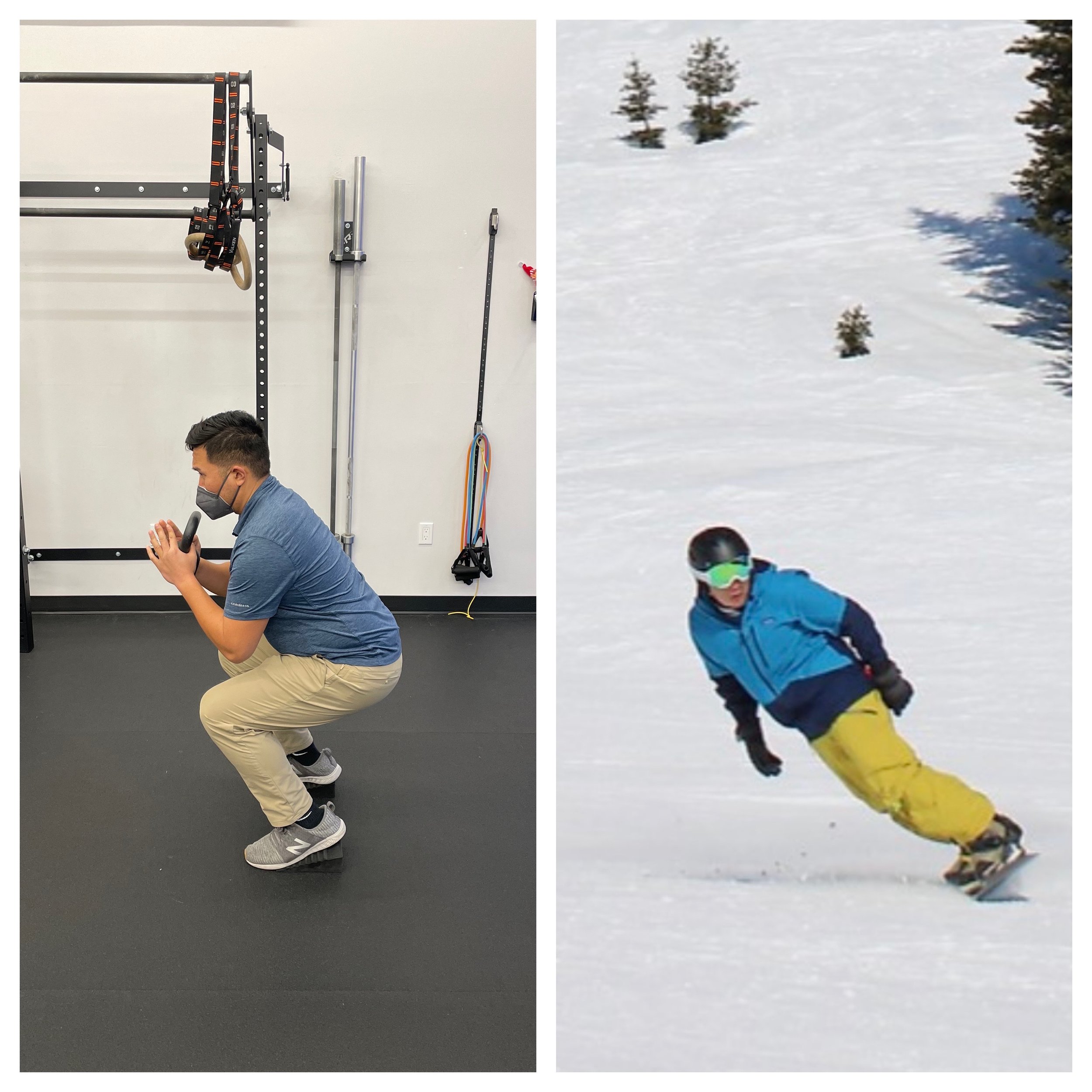
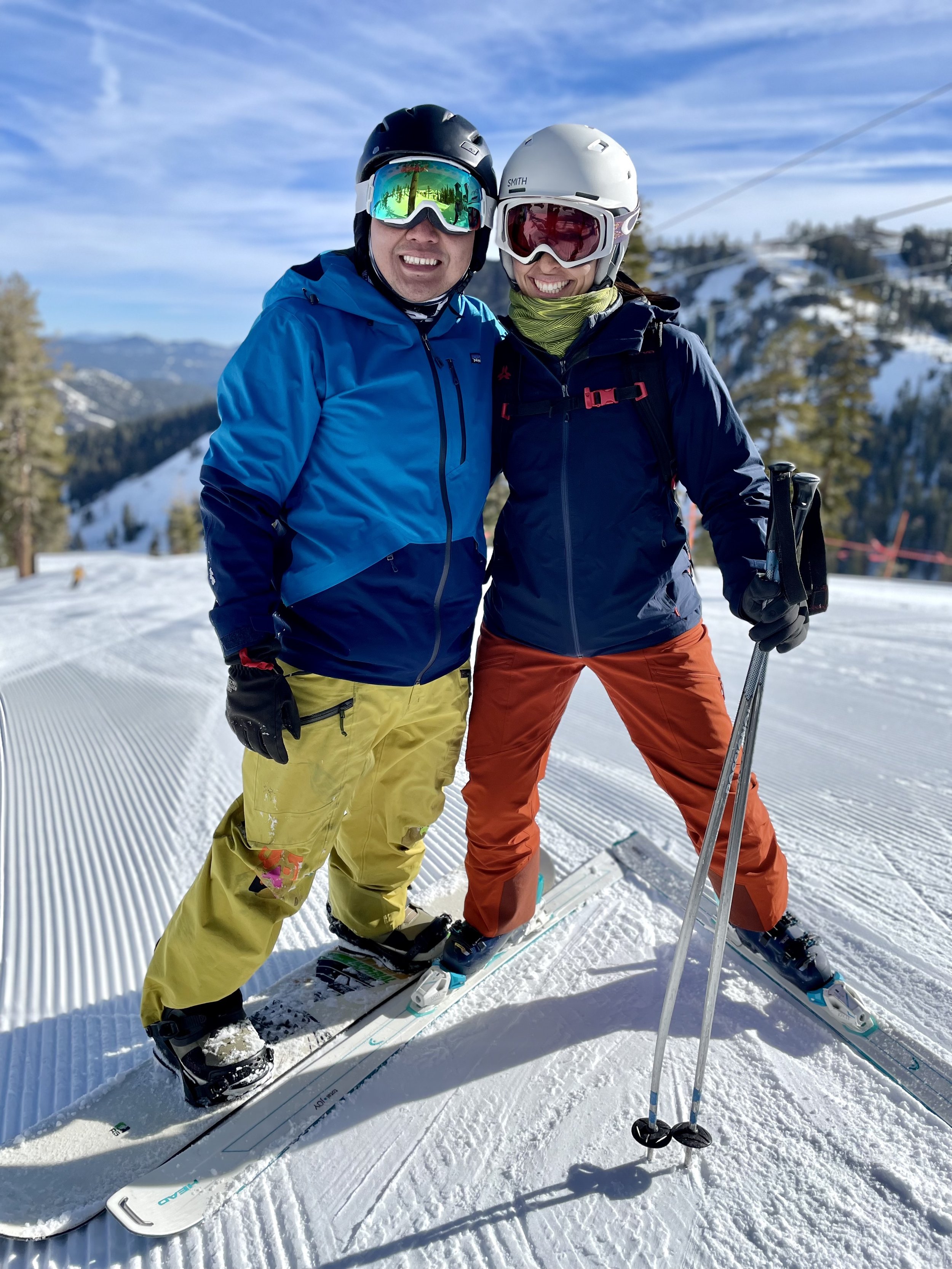
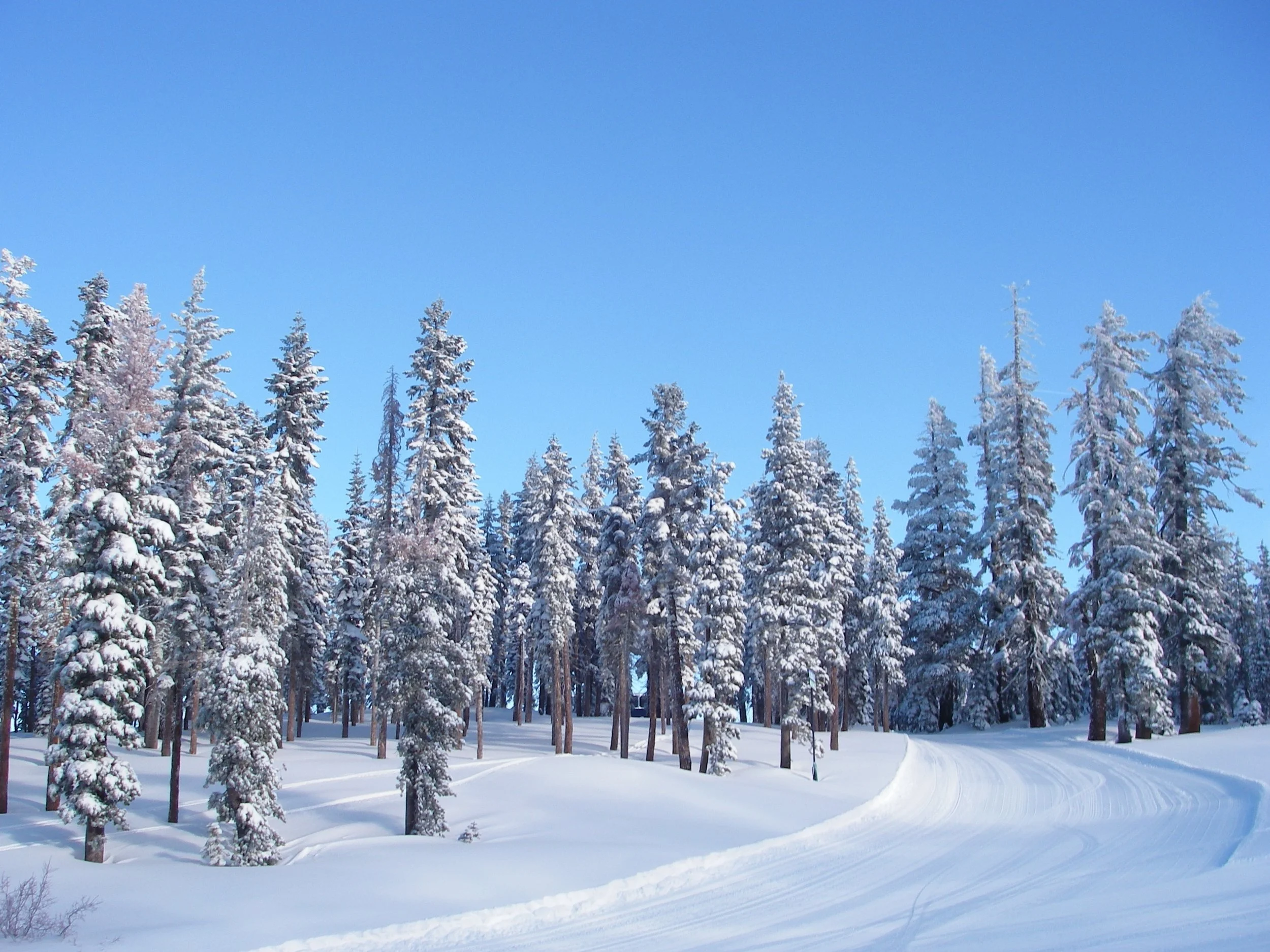

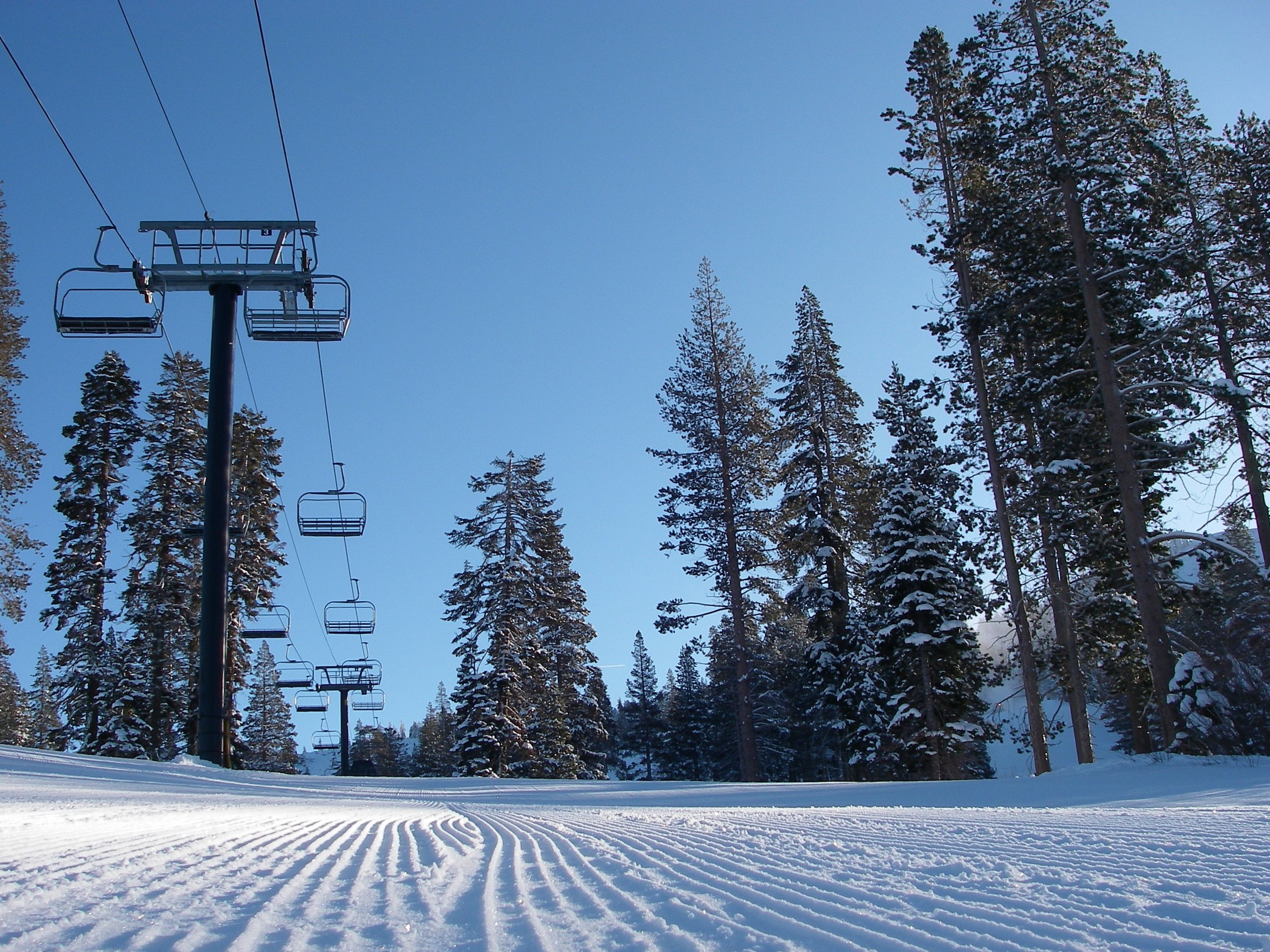
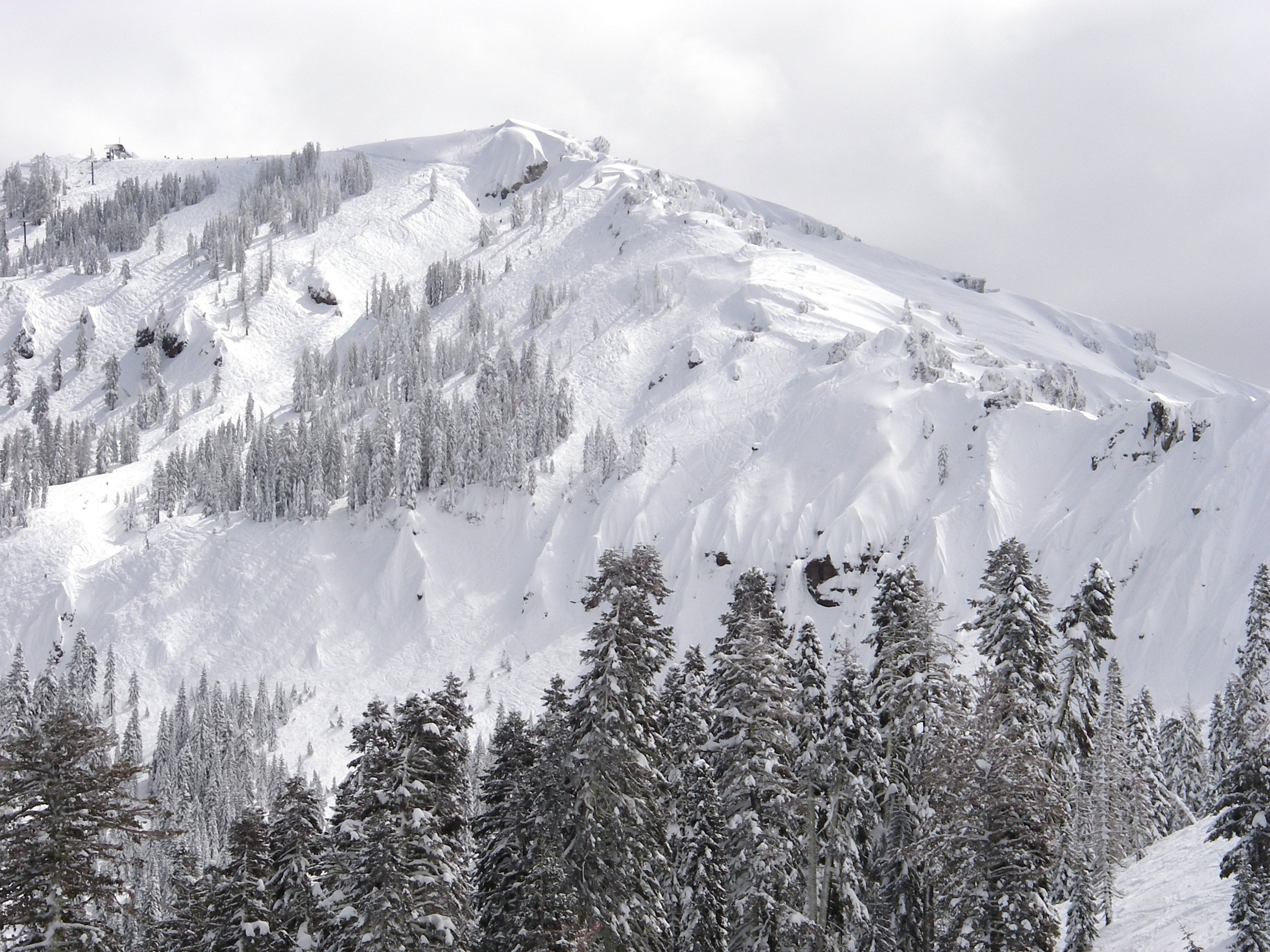

AUTHOR:
Hork Do, PT, DPT
LWPT Redmond Physical Therapist
CONTRIBUTORS:
Katie Hutchins, PT, DPT
Physical Therapist Kirkland & Student Coordinator
Ben Wobker, PT, MSPT, CSCS, CFSC, SFMA
Founder & Director Lake Washington Physical Therapy
Dr. Jonathan Hall, MD
Orthopedic Surgeon
Dr. Ghislaine Robert, MD
Sports Medicine Physician
Dr. Dayne Mickelson, MD
Orthopedic Surgeon
Dr. Troy Henning, DO
Swedish Sports & Spine
Dr. Christopher Boone, MD
Orthopedic Surgeon
MORE BLOGS
MORE WEBINARS
References
Patellofemoral Pain Syndrome. Mayo Clinic. 2018. Web. https://www.mayoclinic.org/diseases-conditions/patellofemoral-pain-syndrome/symptoms-causes/syc-20350792
Hody S, Croisier JL, Bury T, Rogister B, Leprince P. Eccentric Muscle Contractions: Risks and Benefits. Front Physiol. 2019 May 3;10:536. doi: 10.3389/fphys.2019.00536. PMID: 31130877; PMCID: PMC6510035.
Why do Larches Turn Yellow?: Rocky Mountain Research Station. Why do larches turn yellow? | Rocky Mountain Research Station. https://www.fs.usda.gov/rmrs/why-do-larches-turn-yellow. Accessed July 26, 2022.
Lang FA. Western larch. The Oregon Encyclopedia. https://www.oregonencyclopedia.org/articles/western_larch/#.YuAsrXbMI2x. Accessed July 26, 2022.

